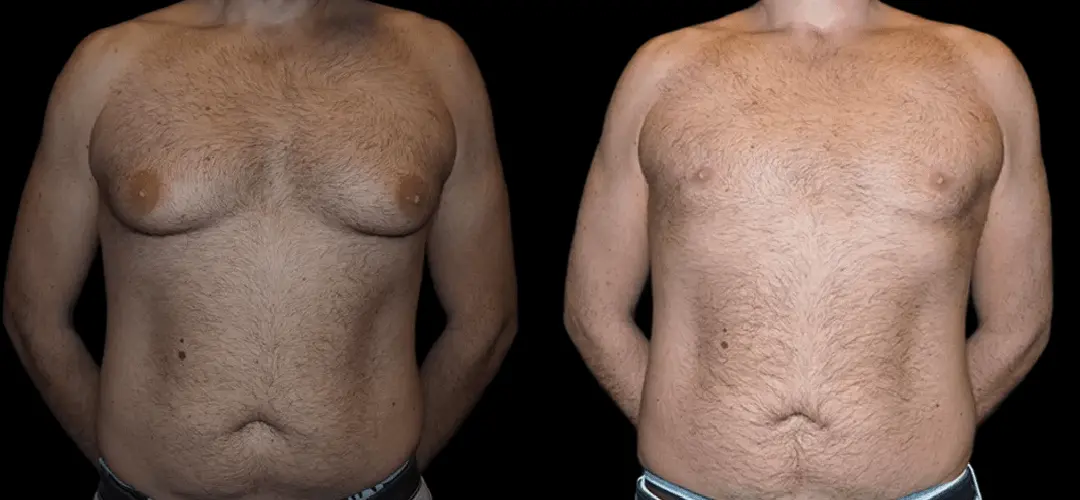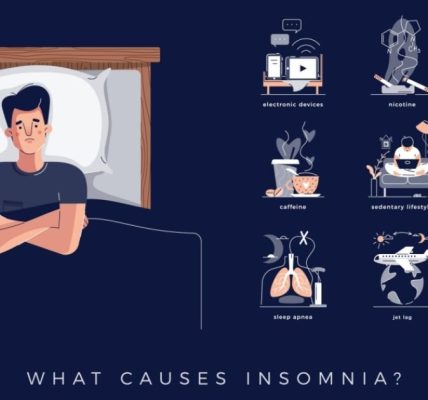Gynecomastia, the enlargement of male breast tissue, affects a significant number of men worldwide. While it is often benign, it can lead to emotional and psychological distress. Hormonal imbalances play a crucial role in the development of gynecomastia, making it essential to understand these mechanisms for effective treatment. This article explores the role of hormones in gynecomastia development and treatment, with insights on how male breast reduction surgery in Dubai offers a viable solution for many men.
Understanding Gynecomastia
Gynecomastia is characterized by the growth of glandular breast tissue in men, which can occur in one or both breasts. It is distinct from pseudogynecomastia, where the enlargement is due to fat accumulation rather than glandular tissue. Gynecomastia is often caused by an imbalance between estrogen and androgen hormones in the body.
Hormonal Imbalance and Gynecomastia
Estrogen and Androgens:
Estrogen, typically considered a female hormone, is also present in men, albeit in smaller amounts. Androgens, such as testosterone, are the primary male hormones. Gynecomastia can develop when there is an increase in estrogen levels or a decrease in androgens, leading to an imbalance.
Causes of Hormonal Imbalance:
-
Puberty: Hormonal changes during puberty can cause temporary gynecomastia in boys. This condition usually resolves on its own as hormone levels stabilize.
-
Aging: Hormonal production changes with age, leading to a natural decline in testosterone and a relative increase in estrogen.
-
Medications: Certain medications, such as anti-androgens, anabolic steroids, and drugs for treating prostate cancer, can disrupt hormonal balance.
-
Health Conditions: Conditions such as hyperthyroidism, kidney failure, liver disease, and tumors can affect hormone levels and contribute to gynecomastia.
-
Substance Use: Alcohol, marijuana, and other recreational drugs can influence hormone levels and promote the development of gynecomastia.
Symptoms and Diagnosis
The primary symptom of gynecomastia is the enlargement of breast tissue, which may be accompanied by tenderness or discomfort. A thorough medical history, physical examination, and hormonal assessments are essential for diagnosis. Imaging studies, such as mammograms or ultrasounds, may be required to differentiate gynecomastia from other conditions, like breast cancer.
Treatment Options for Gynecomastia
Hormonal Therapy:
In cases where hormonal imbalances are the primary cause, addressing the underlying issue can help. Hormonal therapy may involve medications that adjust hormone levels, such as selective estrogen receptor modulators (SERMs) or aromatase inhibitors.
Lifestyle Changes:
For mild cases, lifestyle changes can be effective. These may include weight loss, reducing alcohol consumption, and avoiding drugs that affect hormone levels.
Male Breast Reduction Surgery:
For persistent or severe gynecomastia, surgical intervention is often the most effective treatment. Male breast reduction surgery involves removing excess glandular tissue and fat, and sometimes excess skin, to create a flatter, more masculine chest contour.
Procedure:
The surgery can be performed using liposuction, excision, or a combination of both. Liposuction is used to remove excess fat, while excision is necessary for removing glandular tissue and skin. The choice of technique depends on the severity of gynecomastia and the patient’s specific needs.
Before and After Male Breast Reduction Photos:
Before and after male breast reduction photos are essential for setting realistic expectations and understanding the potential outcomes. These photos provide a visual representation of the transformation, helping patients feel confident about the procedure.
Male Breast Reduction Surgery in Dubai
Dubai is a leading destination for medical tourism, offering top-tier healthcare services and advanced surgical techniques. The city is home to some of the best plastic surgeons who specialize in male breast reduction surgery. Patients benefit from state-of-the-art facilities, expert care, and personalized treatment plans.
Choosing a Clinic: When selecting a clinic for male breast reduction surgery in Dubai, consider the surgeon’s experience, the clinic’s reputation, and patient reviews. Reviewing before and after male breast reduction photos from the clinic can provide insights into the surgeon’s expertise and the results you can expect.
Conclusion
Hormonal imbalances play a pivotal role in the development of gynecomastia. Understanding these mechanisms is crucial for effective treatment. While lifestyle changes and hormonal therapy can help in mild cases, male breast reduction surgery remains the most reliable solution for persistent or severe gynecomastia. In Dubai, patients have access to world-class surgeons and facilities, ensuring excellent outcomes. By exploring before and after male breast reduction photos and consulting with experienced surgeons, men can make informed decisions and achieve a more confident, masculine appearance.
4o




